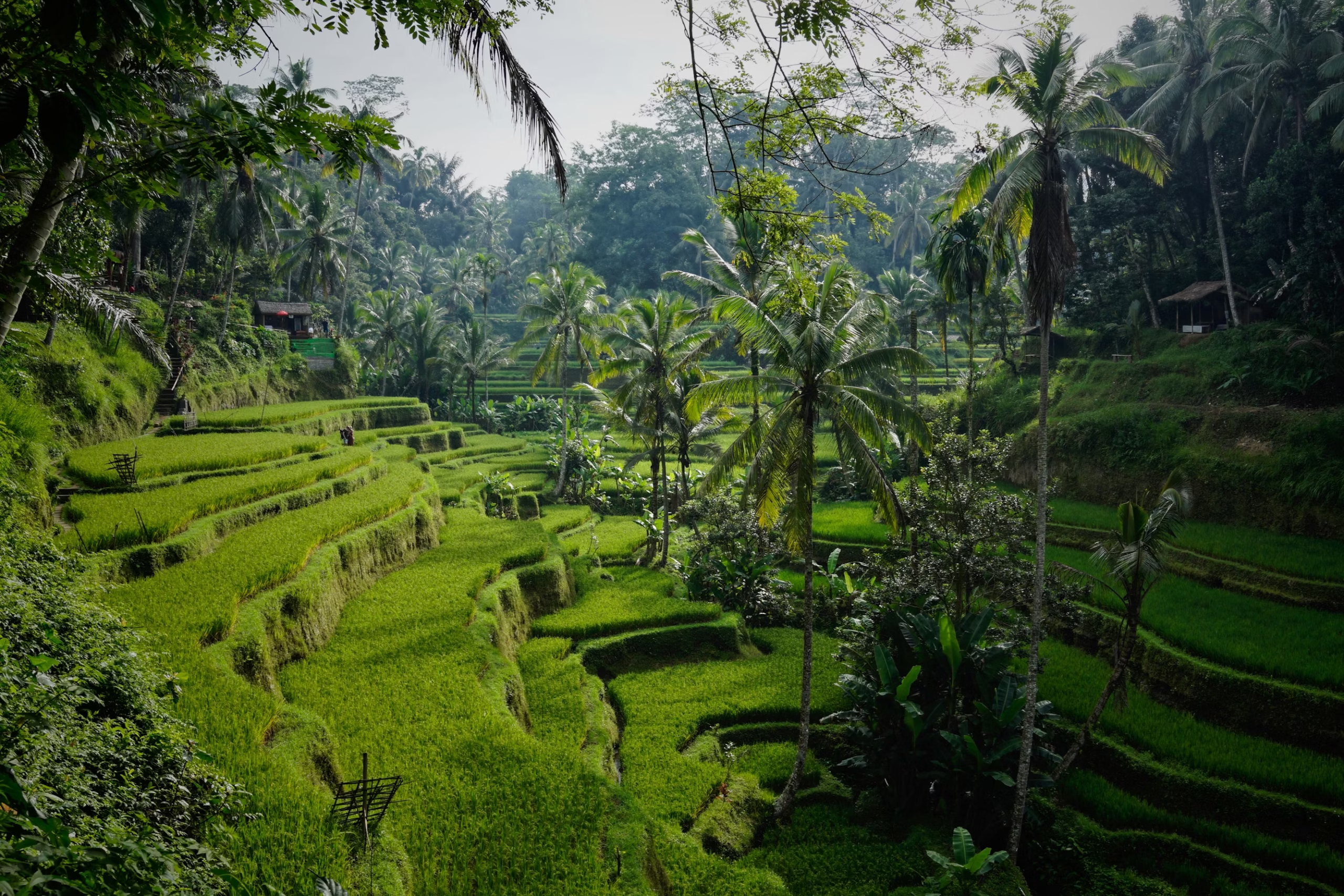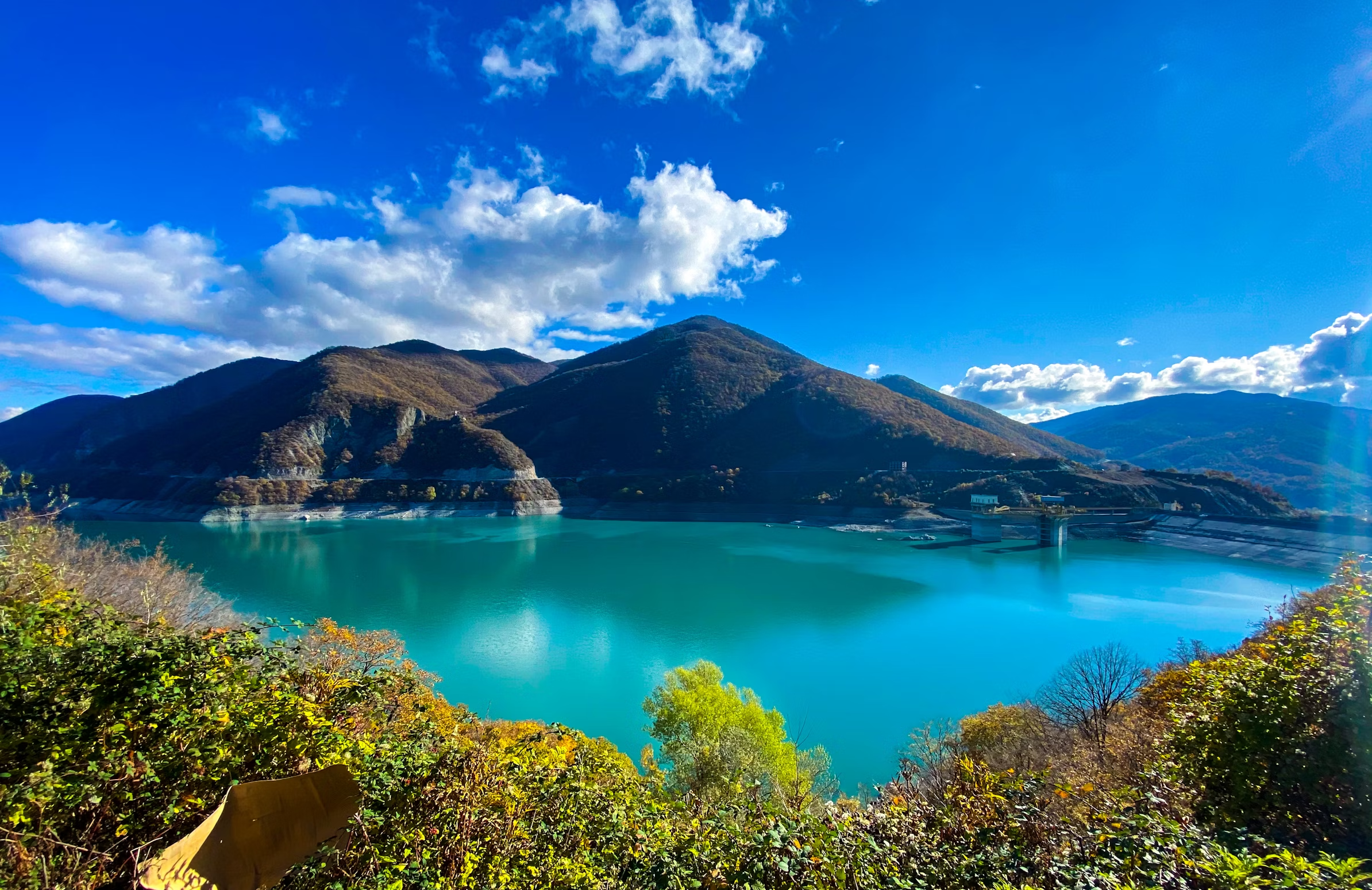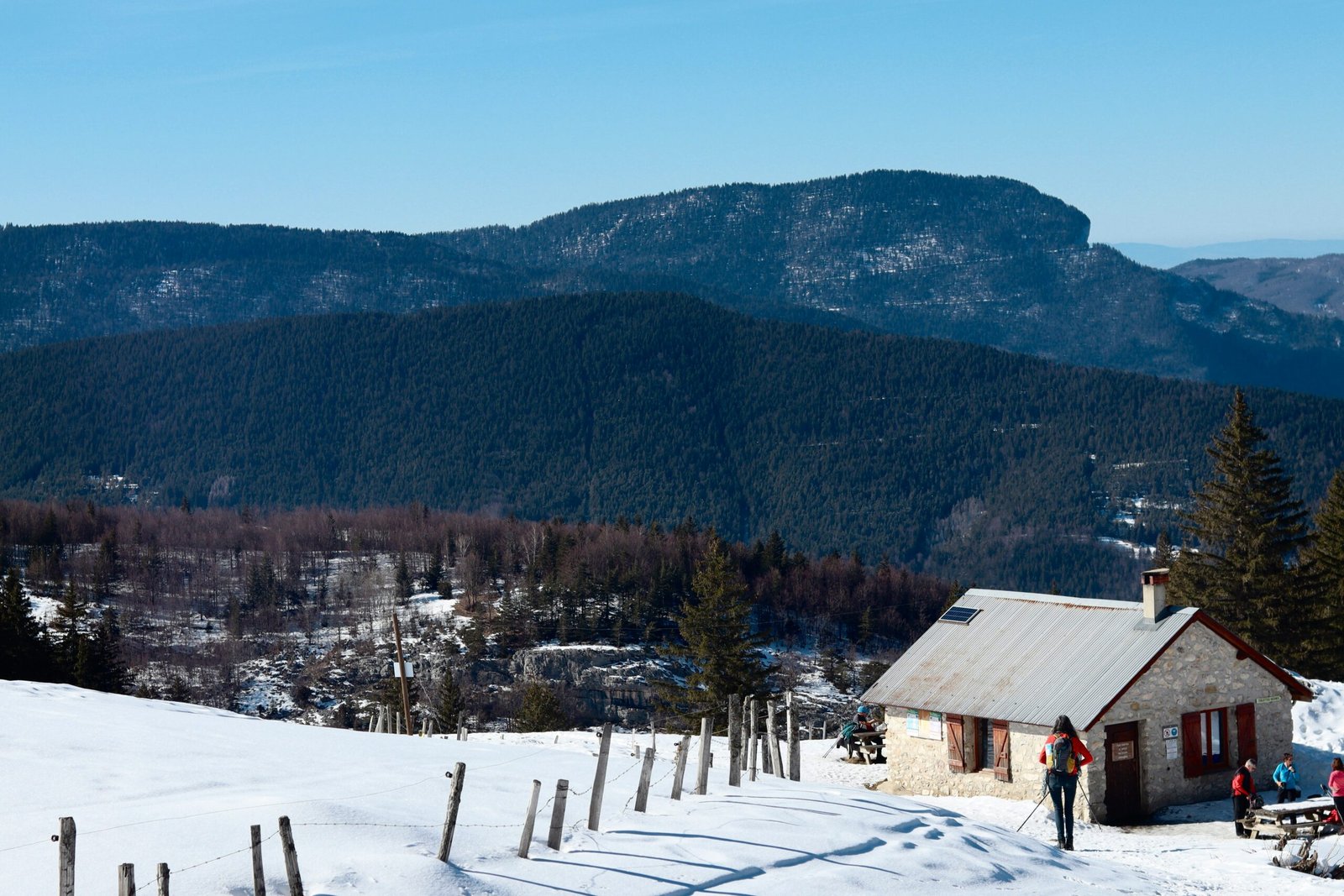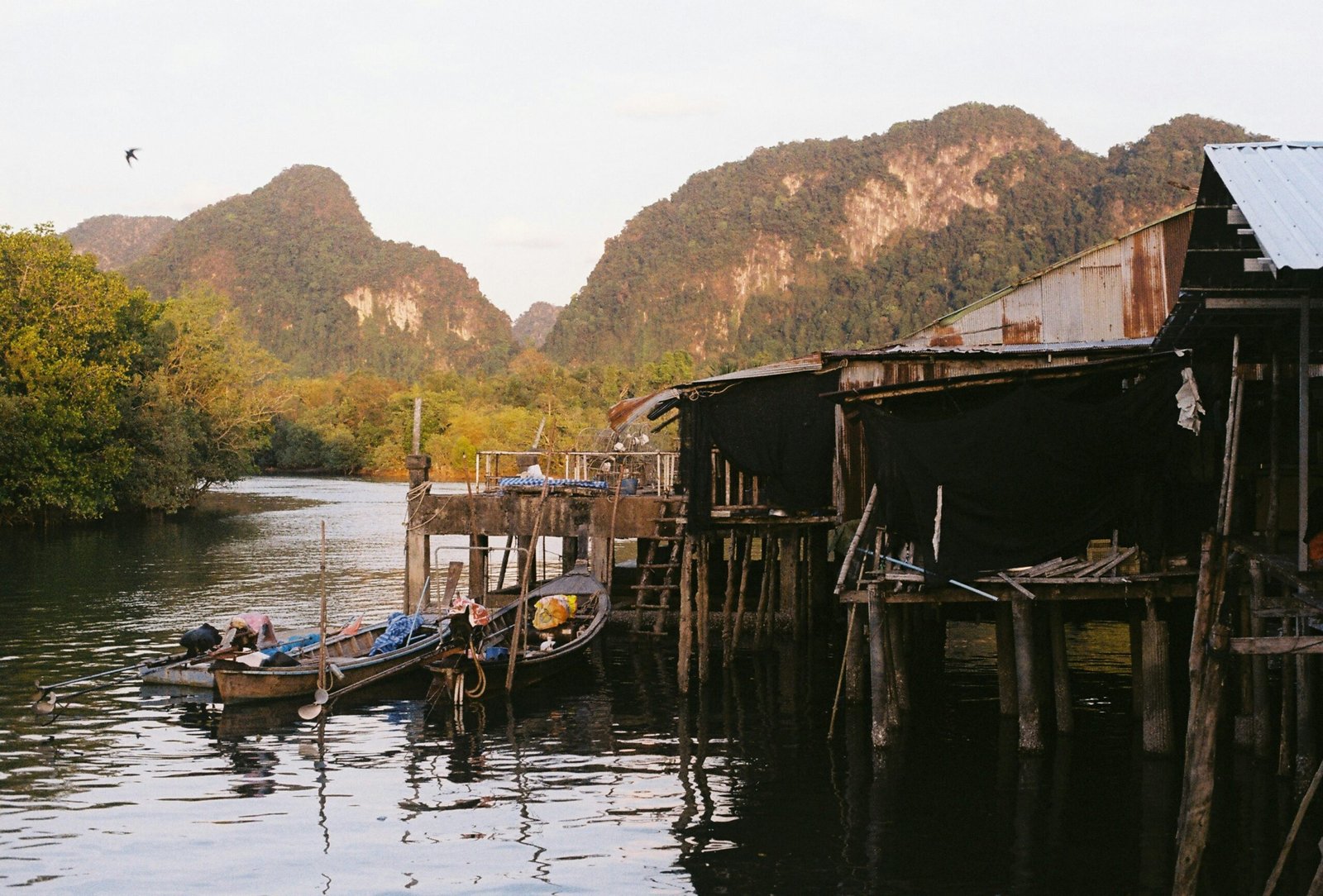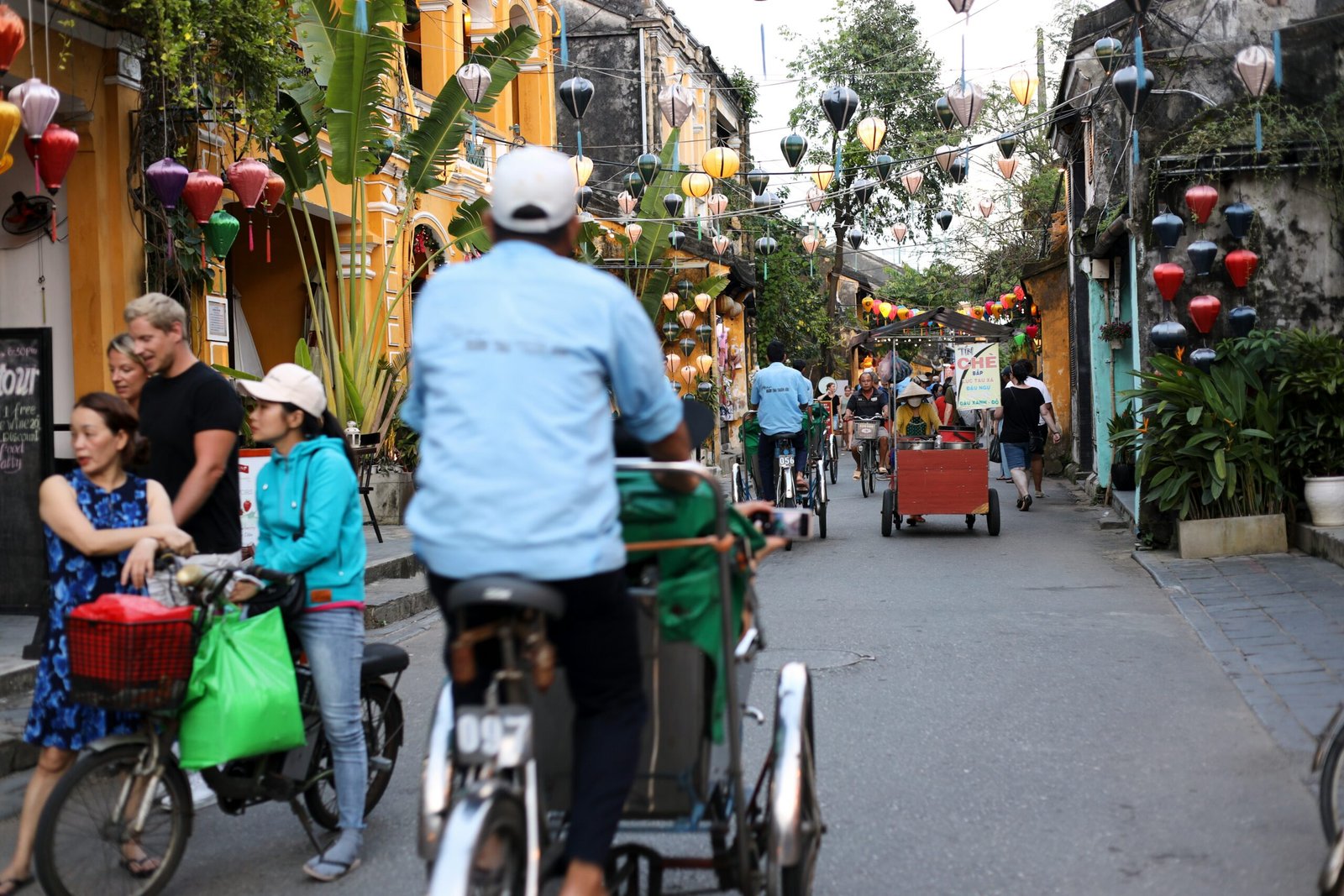The Best Time to Visit Vietnam: A Guide to Vietnam’s Weather by Region
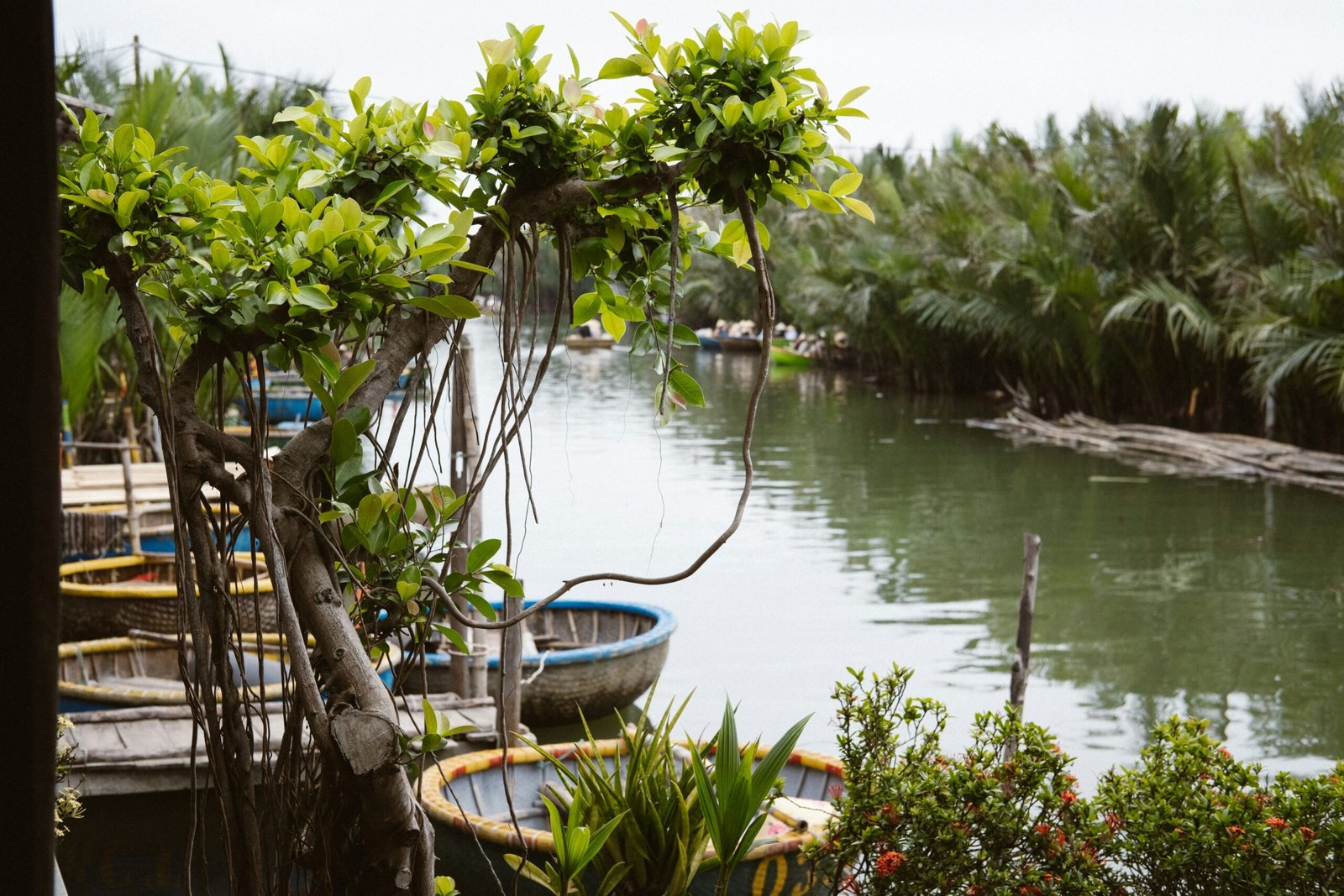
The Best Time to Visit Vietnam: A Guide to Vietnam’s Weather by Region
you’re dreaming of Vietnam. But as you start planning, one crucial question pops up: When is the best time to visit Vietnam?
Unlike many destinations, the answer isn’t a simple two-word season. Vietnam’s incredible length stretching over 1,650 km from north to south creates a complex and diverse weather pattern. The misty mountains of Sapa can feel like a different world from the sun-drenched beaches of Phu Quoc on the same day.
But don’t let that complexity deter you. Understanding Vietnam weather is your secret weapon for planning the perfect trip. Think of this as your expert, region-by-region guide to ensuring you’re always in the right place at the right time.
The Quick Answer (If You’re in a Hurry): For the best chance of good weather across the entire country, the shoulder seasons are your golden ticket.
- Spring (March – April): Days are warm and sunny with low humidity.
- Autumn (September – November): Clear skies and pleasant temperatures are common.
Now, let’s dive deep into the details.
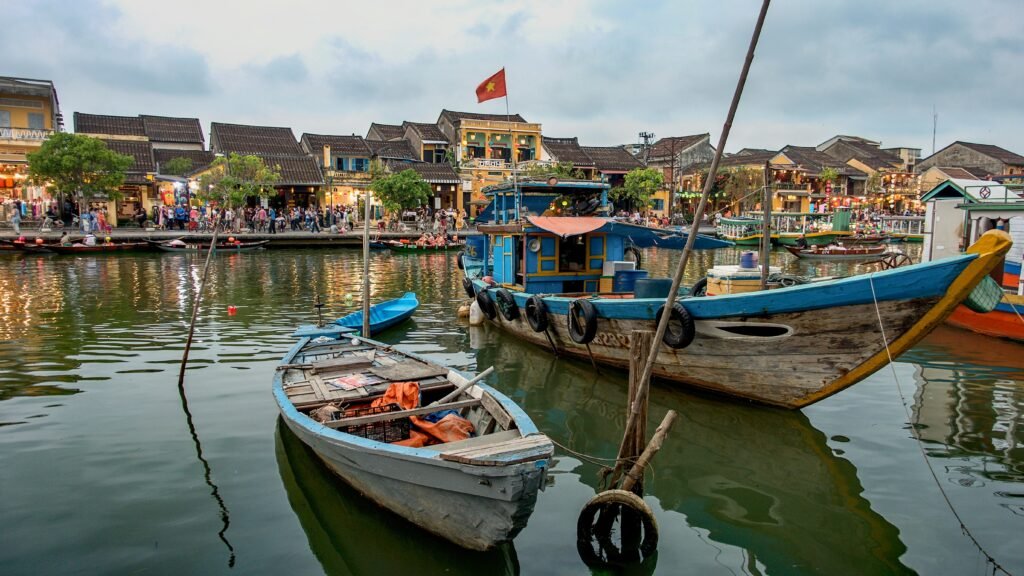
Northern Vietnam (Hanoi, Ha Long Bay, Sapa)
The North experiences the most distinct Vietnam seasons, with a clear winter and summer. This region offers everything from cultural city breaks to epic mountain treks.
- Weather Breakdown:
- Spring (March – May): Warm, sunny, and glorious. Clear skies and pleasant temperatures make this an ideal time for all activities.
- Summer (June – August): Hot, humid, and prone to heavy rain and the occasional typhoon. It’s the low season for a reason.
- Autumn (September – November): Considered the most beautiful season. The sky is clear, the temperature is moderate, and the humidity drops. Sapa’s rice terraces turn a stunning golden yellow before the harvest.
- Winter (December – February): Cool, cloudy, and sometimes drizzly in the lowlands. In the high mountains like Sapa, it can get very cold, with occasional frost or even snow.
- Best Time to Visit: September – November and March – April.
- What to Do by Season:
- Autumn: The absolute best time for trekking in Sapa amidst golden rice fields and for cruising Ha Long Bay in pleasant weather.
- Spring: Perfect for exploring Hanoi’s streets on foot and enjoying outdoor activities without the intense heat.
- Winter: Ideal for culture vultures who want to explore Hanoi’s museums and cafes without the crowds. Just pack a warm jacket!
Central Vietnam (Hoi An, Da Nang, Hue)
This region has a long dry season, but it’s also where you need to be mindful of the typhoon season.
- Weather Breakdown:
- Dry Season (February – August): Long, hot, and sunny. This is prime time for the beaches of Da Nang and the ancient town of Hoi An. Temperatures can peak in the middle of the year.
- Rainy Season (September – January): This period sees heavy rainfall, and the latter months (especially Oct-Nov) are prone to typhoons, which can cause flooding, particularly in Hoi An.
- Best Time to Visit: February – May. You’ll get warm, sunny days without the intense heat of mid-summer.
- What to Do by Season:
- Dry Season (Feb-Aug): Perfect for relaxing on the beautiful beaches of Da Nang, exploring the lantern-lit streets of Hoi An in the evening, and discovering the imperial history of Hue.
- Rainy Season (Sep-Jan): While not ideal, the rains can be intermittent. It’s a good time for museum-hopping, enjoying cooking classes, and taking advantage of lower-season prices, but flexibility is key.
“We told Tripmonks we wanted to visit in October for our anniversary. They designed an itinerary focused on Northern Vietnam, which was beautiful, while advising us to save Central Vietnam for another time due to the rains. That expert advice made all the difference.” – Priya & Rohan, Delhi
Southern Vietnam (Ho Chi Minh City, Mekong Delta, Phu Quoc)
The South has a much simpler weather pattern, with two distinct seasons: dry and wet. The temperature is consistently warm to hot all year round.
- Weather Breakdown:
- Dry Season (December – April): The days are hot, sunny, and less humid. This is the peak tourist season and the best time for outdoor exploration and beach activities.
- Wet Season (May – November): Hot and very humid. Expect powerful but short-lived afternoon downpours, usually lasting only an hour or two.
- Best Time to Visit: December – April.
- What to Do by Season
- Dry Season: Ideal for exploring the bustling streets of Ho Chi Minh City, taking a boat trip through the vibrant Mekong Delta, and escaping to the idyllic beaches of Phu Quoc or Con Dao.
- Wet Season: The afternoon rains bring a lush vibrancy to the countryside. It’s still a great time to visit, as the showers are predictable, and you can explore temples and museums during the downpours.
FAQ: Vietnam Weather
Q1: We want to travel during the Diwali holidays (Oct/Nov). What’s the best region? October and November are fantastic for Northern Vietnam. The weather is dry and beautiful, perfect for trekking in Sapa and cruising Ha Long Bay. The South is also transitioning into its dry season, making it a good second option.
Q2: Is it a bad idea to visit Vietnam during the monsoon? Not at all! The “wet season” in the South often just means a predictable afternoon shower that clears up quickly. It brings lush green landscapes and fewer crowds. The only region to be truly cautious of is Central Vietnam during its typhoon season (Oct-Nov).
Q3: What’s the best month for a honeymoon in Vietnam? For a perfect honeymoon combining multiple regions, March and April are ideal. You’ll get beautiful beach weather in the Centre and South, and gorgeous, clear days for cruising and exploring in the North.
Conclusion
As you can see, Vietnam is truly a year-round destination as long as you plan smartly. The key isn’t to find the one “perfect” month, but to match your travel dates with the right regions. By understanding the climate, you can unlock the best experiences the country has to offer, from golden rice terraces in the north to sun-drenched islands in the south, at any time of year.
Suggested Internal Links

